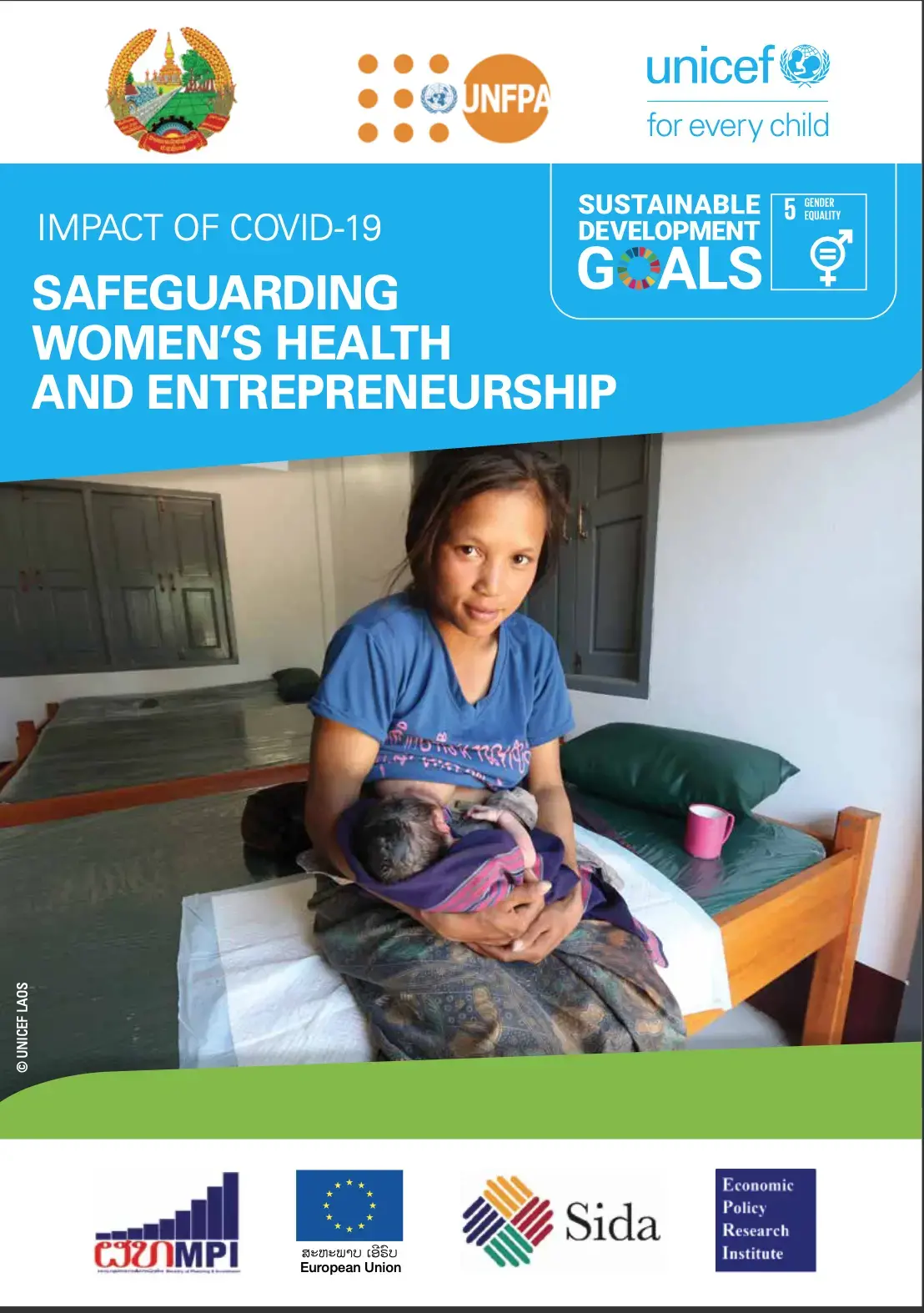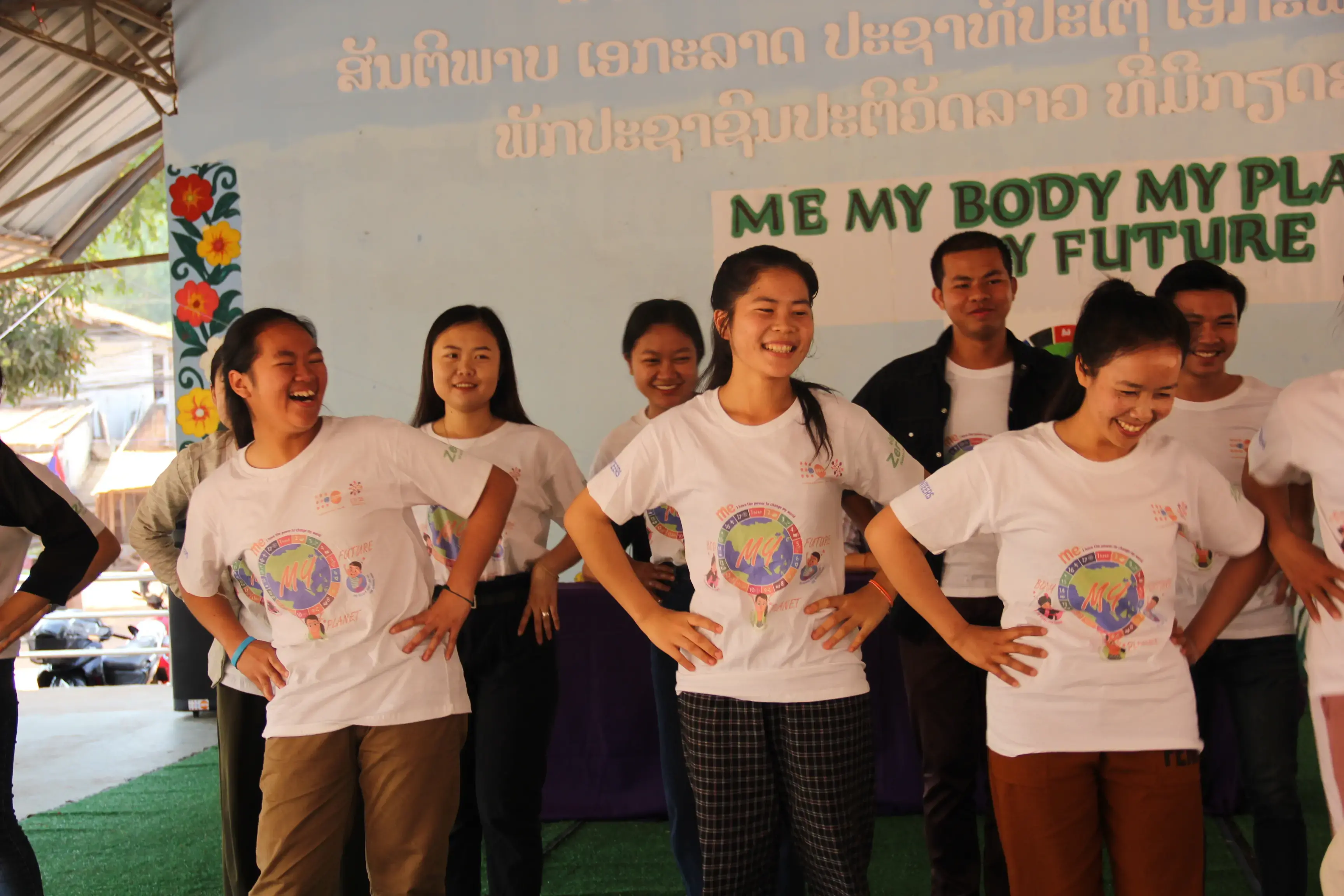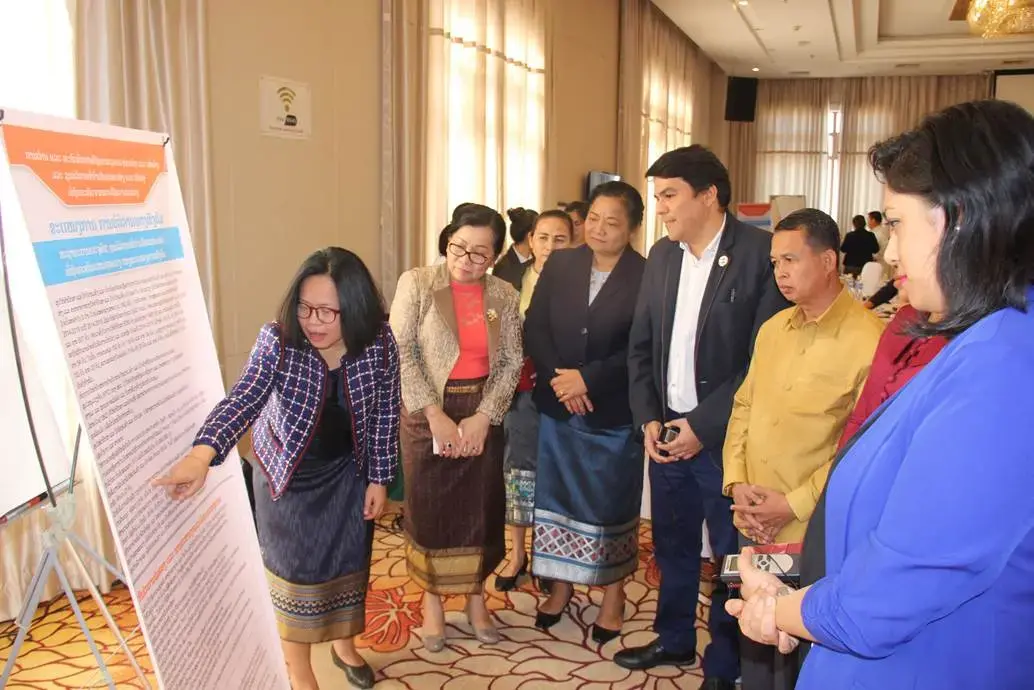The COVID-19 pandemic has exposed the depth and extent of gender inequalities that persist in many societies across the globe. The gendered impact of COVID-19 can be seen across every sphere implicated in the pandemic. First, compared to “regular” financial and economic recessions, which tend to affect men’s employment more severely, the job losses brought on by social distancing measures, border closures, and lockdowns have a significant impact on sectors with high female employment rates. For instance, in Lao PDR women make up most of the workforce in the garment and tourism industries, both of which suffered severe external shocks. Second, the closure of schools and day care centres have significantly increased childcare needs, which mainly affects working mothers and adolescent girls. Third, while early evidence suggests that men are more at risk of dying from COVID-19 than women, the diversion of financial and human resources away from sexual and reproductive health services adversely affect women and girls’ wellbeing. Finally, the COVID-19 pandemic and its corresponding mitigation measures have significantly increased women and girls’ exposure to gender-based violence (GBV). According to our recent discussions with stakeholders, Lao PDR has not been exempted from this trend. In cases when GBV occur, restrictions on movement mean that victims will face challenges accessing protection shelters and health care services. Furthermore, quarantine measures and school closures confine adolescent girls to spaces where they are in direct contact with potential perpetrators.
What we do
IMPACT OF COVID-19 SAFEGUARDING WOMEN’S HEALTH AND ENTREPRENEURSHIP

Publisher
UNFPA LAO PDR
Number of pages
8
Author
UNFPA LAO PDR
Publication
IMPACT OF COVID-19 SAFEGUARDING WOMEN’S HEALTH AND ENTREPRENEURSHIP
Publication date
25 February 2021




